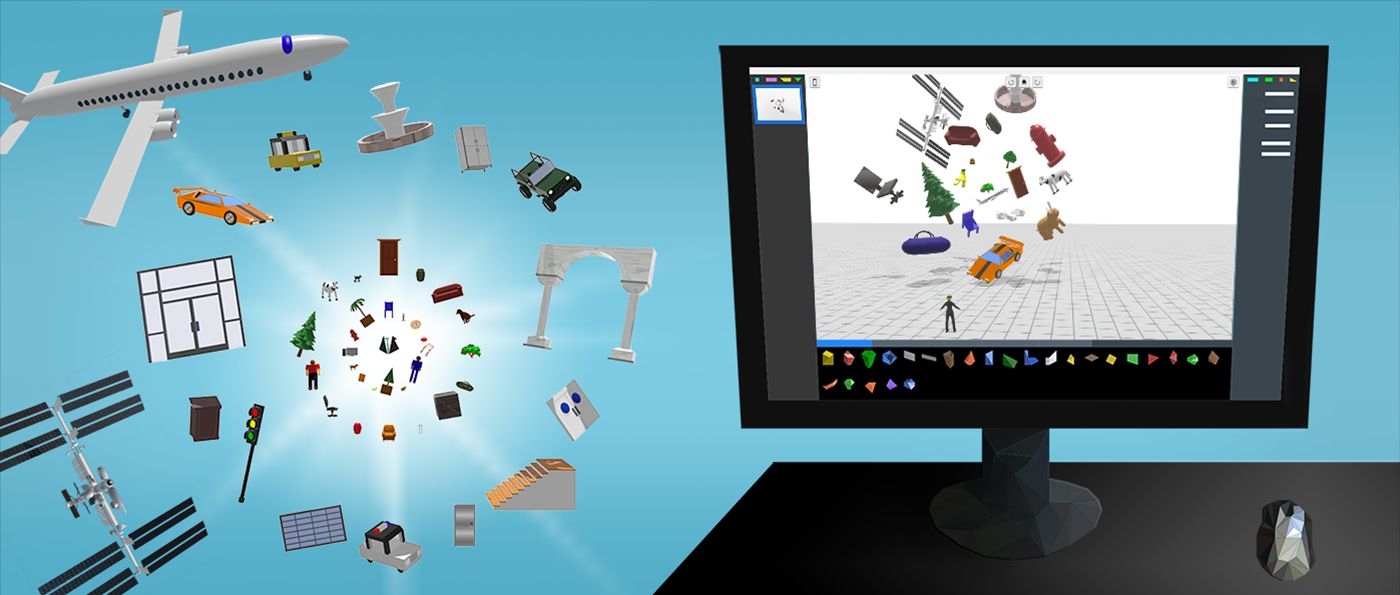
Blocksmith co-founders Markus Nigrin and Martin Schwarz started their first company together when they were in college. This first venture was in the digital photography space and their goal was to give photographers meaningful ways to use the new digital technology. They have always been passionate about new hardware spaces that have the potential to have a profound impact on our lives. They see virtual reality technology as the next space that will significantly impact the way we work and live and thus the creation of Blocksmith.
Nigrin feels that one of the biggest areas of opportunity in VR, but especially for business use cases in AR, will be the need for massive amounts of content. People expect fast paced information and someone has to be able to create it. It won’t be possible for all organizations or even individuals to set up the team necessary for VR content creation (Unity developer, modeler etc.) and this is where Blocksmith is able to bridge the gap. As one person put it, Blocksmith is the middleware that bridges the gap between doing nothing and a fully staffed Unity project. Blocksmith gives people the capability to create the content themselves with one universal tool that has animations, interaction and modeling. Any content created can be put into Unity. Someone could even wireframe/prototype what they are wanting for VR content and then have it created much more in-depth. Their platform works across all major devices making it very convenient for consumers to leverage the technology they already have on hand. Creators can include material they have, photos, videos, even spreadsheets. When we talked about industry specific uses, Nigrin said that they are staying broad at this point. They feel that VR/AR is about experimentation especially as we shift from the mobile screen to unlimited space. People/companies will need to experiment to find the best way to use the new technology and this is where he sees Blocksmith as very useful in the marketplace. It’s user friendly, simple to use and allows for content creation without a massive investment in resources or capital in one project.
So how is the VRigami platform being used? At Hackfort this year, they were able to showcase the ease and speed at which content can be created by leveraging a “request form” with attendees. Attendees filled out a form requesting whatever type of VR content they wanted to see and in 15 minutes the VRigami team created the short experience. Requests ranged a Harry Potter Hogwarts scene to a giant robot experience. Nigrin said that people were totally taken aback by the fact that they were able to drive the type of content they were going to see. He argues that the content becomes much more meaningful in this way because it is driven by what the viewer wants to see, not just what they are given. People also feel more connected to the content as they drive the creation process. Nigrin raises the question around VR demos in general… Are we demoing VR wrong? We usually give people an experience that WE want them to see, which isn’t necessarily what they want to see. (Possible blog post by Nigrin coming on this later.) But, back to how the VRigami platform is being used…. The platform is also going to be used by the UP MakerSpace Camps in Garden City, ID this summer. Camp participants (6th-8th graders) will have the opportunity to create a VR experience one day during the weeklong camp. VRigami will install the creator software on the camp laptops and participants will also get a free account. If they’d like they’ll be able to install the app on their personal phone since they have an account. Whatever they create in the system will be reviewed and approved by the instructor and they can view both what they created as well as their peers’ creations. Because they will have an account through the camp, they can also continue to create experiences at home and share them with their families/friends. What’s really neat about this is that these students will walk away after a half day camp and create something. They don’t have to dive into the significant details of coding, modeling etc, but they’ll have a completed experience at the end of the day. How neat is that?
When testing their system with a younger audience, one of the most frequently created experiences was a home theater with an enormous screen, playing a video they took with their phones. Or, an area of great pride, videos from their personal youtube channel.
VRigami’s Creator tool offers a very accessible place for people to start VR content creation. It’s a great way for someone to dip their toe in and if they want to go deeper into the Unity or Unreal game engines they can. It takes out the intimidation factor that many people face when looking into a new technology. Not sure where to start with VR content creation? Boom, they’ve got your answer. For more information and to connect with VRigami, you can connect with them through their website www.vrigami.com

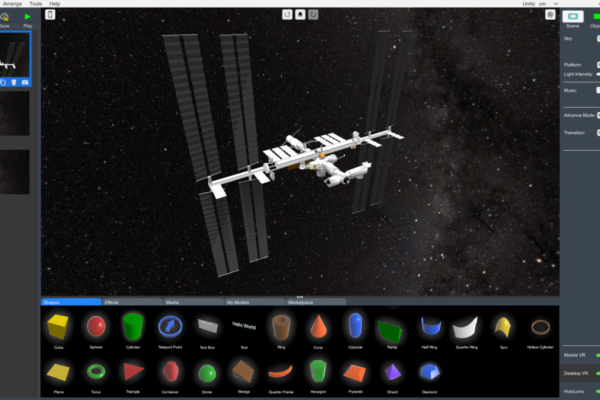
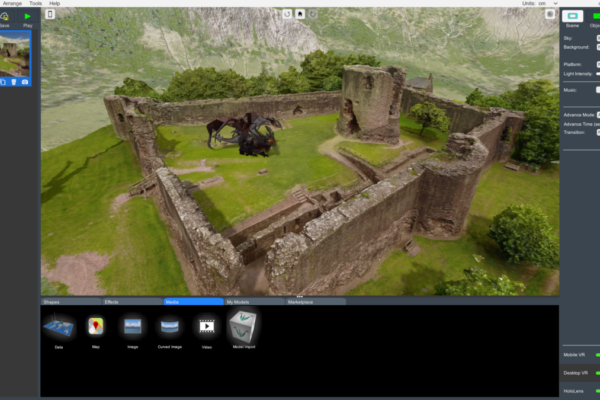
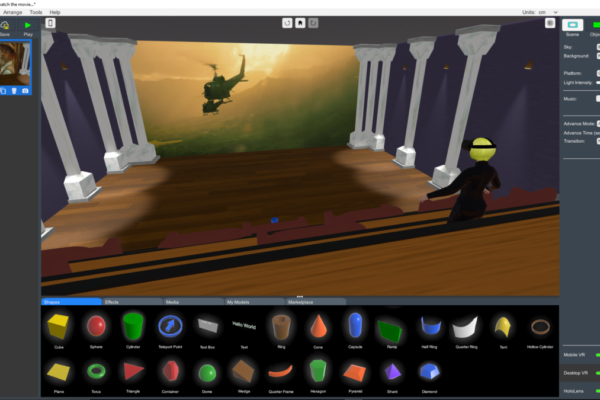
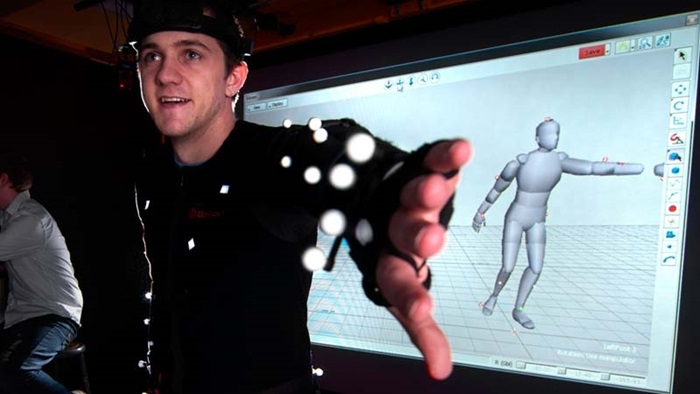

Recent Comments